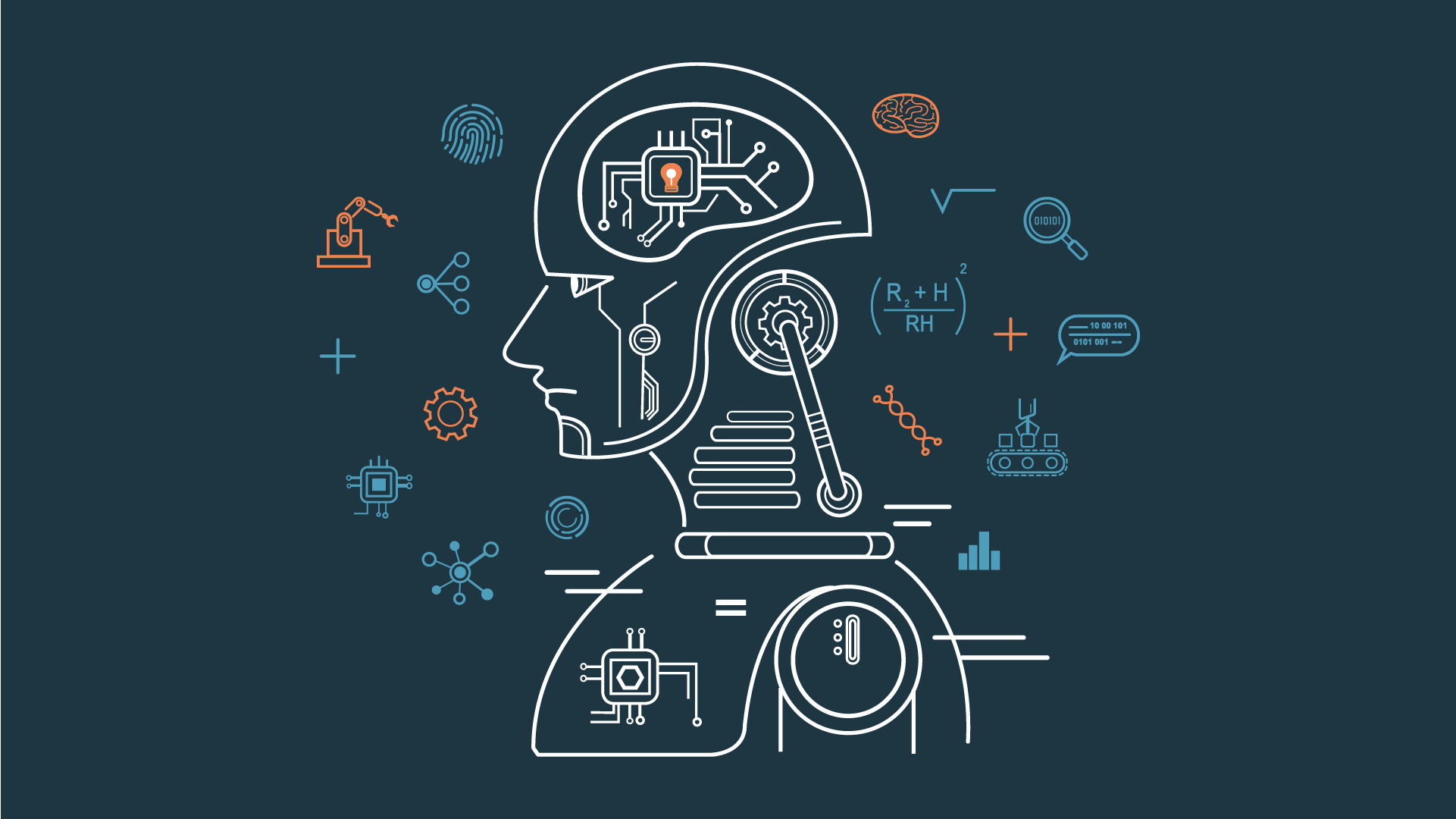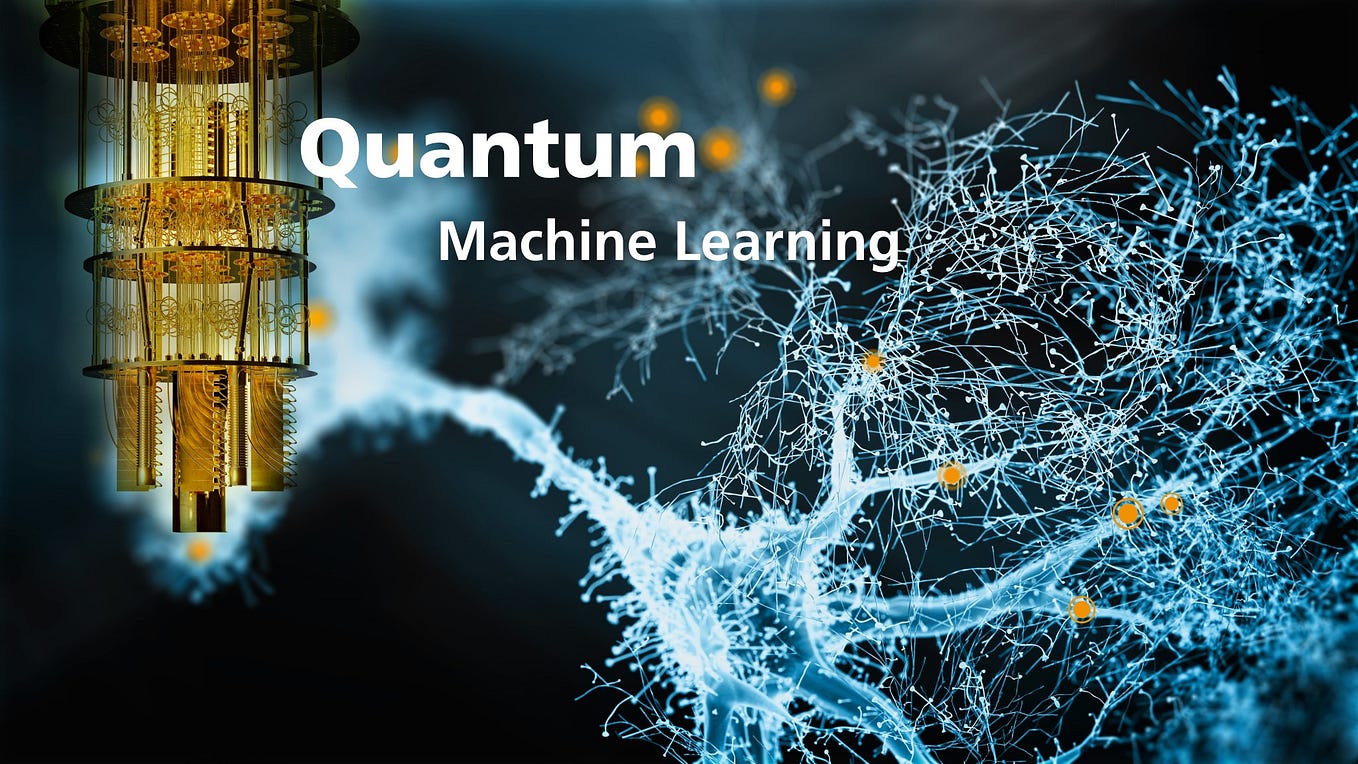
Machine learning is being used more commonly in current technological days. In addition to examining the complicated issues related to this technology it lies in different industries that encourage innovation across other sectors.
What is Machine Learning?
Artificial Intelligence (AI) is used to develop algorithms and models that enable computers to learn and make predictions. These methods allow computer systems to understand and improve performance at a particular task through explicit programming. Compared to conventional rule-based programming, which gives detailed instructions to complete a task, it enables learning from data and automatically improves performance. Machine learning solves complex problems and dynamic issues well because of its data-driven techniques, and this training concept requires putting the data and instructions into the model so both the data and the model can learn through it.
Machine learning techniques are helpful in various fields, including natural language processing (NLP), recommendation systems, image and voice recognition, and many other automation systems. These techniques utilize data and datasets to train and discover correlations and patterns. This kind of Artificial Intelligence (AI) employs clustered data, lowers and reduces dimensions, and aids in creating new content and predictions by using past historical data as input for prediction-making.
Uses of Machine Learning
Machine learning is the world’s most efficient and beneficial technology, which extensively helps operate robots’ machines and other devices in various industries such as E-commerce platforms and social media, data engineering, recommendation systems, and search engines. It combines a self-learning algorithm to predict sales and customer behavior, develop fresh marketing approaches, streamline inventory management, customize the shopping experience, and reduce online retail risks.
Healthcare Advancements through Machine Learning
Machine learning applications in healthcare cover identifying diseases, recommending courses of action, and diagnosing patients using various algorithms. In this section, we provide detailed information on the application to across several industries.
Enhancing Business and Finance with Machine Learning
Predictive Analytics: predicting future outcomes from historical data is a typical application of machine learning, includes applications in demand forecasting in enterprises, stock market research, weather forecasting, and finance, which are used in predictive analytics.
Natural Language Processing (NLP): NLP studies, analyzes, and produces human language using NLP techniques. Machine learning is used in sentiment analysis, content recommendation systems, chatbots, virtual assistants, and language translation.
Image and Video Analysis: Computer Vision applications like image identification use machine learning and cover autonomous cars, surveillance systems, object detection, facial recognition, and medical image analysis.
Healthcare: Drug research, disease diagnosis, and individualized treatment strategies are all aided by machine learning. It can forecast patient outcomes, evaluate medical imaging, and boost the effectiveness of healthcare operations.
System Recommendations: Streaming services and e-commerce platforms use machine learning to recommend goods or content to consumers based on their past actions and interests, thus improving user experience and boosting sales.
Anomaly Identification: Machine learning makes it possible to find outliers or unexpected patterns in data, which is essential for quality control in manufacturing, network security, and the identification of fraud in financial transactions.
Marketing and customer insights marketing professionals can create more efficient marketing strategies by using machines to target particular client categories, optimize advertising campaigns, and obtain insights into consumer behavior.

Machine Learning in Specialized Domains
Language Translation: automated translation services rely heavily on machine learning to facilitate cross-linguistic communication.
Gaming: Machine learning is used by developers to create dynamic gaming worlds, match players, and control character behavior.
Environmental Monitoring: Machine learning models analyze data from environmental sensors to aid in predicting climate change, monitoring air quality, and preserving animals.
What distinguishes artificial intelligence from machine learning?
Artificial Intelligence is a subset of machine learning that concentrates on data-driven learning and prediction, but artificial intelligence covers various skills, such as problem-solving and decision-making.
What are The Types of Machine Learning?
It encompasses various approaches, with three main types standing out:
Supervised Learning
Supervised learning trains a model with labeled data, allowing the algorithm to forecast or decide based on the labeled data. A dataset is provided to the algorithm, which contains the proper output (labels) and the associated input data (features). Finding a mapping or relationship between the inputs and outputs is the aim of supervised learning, which enables the algorithm to generalize its understanding and produce precise predictions on fresh, unobserved data. Several managed learning applications include autonomous driving, medical diagnosis, image and speech recognition, and spam detection. When labeled data is available, it serves as the basis for many machine learning systems worldwide.
What are the Types of Supervised Learning?
- Regression: The goal is to predict a continuous numerical value in regression. For example, it indicates house prices based on features like square footage, number of bedrooms, and location.
- Classification: The goal is to assign data points to predefined categories or classes, including tasks like spam email detection, image classification, or medical diagnosis.
Unsupervised Learning
In unsupervised learning, the algorithm is trained on data without explicit supervision in the form of an output that has been labeled. Unsupervised learning concentrates on identifying patterns, structures, or relationships within the data without clear direction, unlike supervised learning, which teaches algorithms to make predictions based on the labeled data. Because it enables the discovery of hidden patterns and underlying structures in the data, this is especially helpful when working with unstructured or unable data.
Applications and Advantages of Unsupervised Learning in Diverse Fields
Numerous fields use unsupervised learning, including data exploration, customer segmentation, anomaly detection, image compression, and data pretreatment. It is beneficial when working with massive, complicated datasets where labeling is impractical or excessive. The analysis of unsupervised learning tells the processors and guides them to a deep understanding of the internal data model. Below are some types of unsupervised learning:
- Clustering
- K-Means Clustering
- Hierarchical Clustering
- Dimensionality Reduction
- Principal Component Analysis (PCA)
- t-Distributed Stochastic Neighbor Embedding (t-SNE)
Advanced Unsupervised Learning Models and Methods
- Autoencoders
- Isolation Forest
- One-Class SVM
- Generative Models
- Generative Adversarial Networks (GANs
- Variational Autoencoders (VAEs)
- Association Rule Learning
- A priori Algorithm
1. Reinforcement Learning
Reinforcement Learning is a sub-type of machine learning. People frequently use an agent in robotics and gaming applications to learn how to behave in a given environment and maximize a reward. They apply reinforcement learning to train autonomous robots, recommendation systems, video games (like AlphaGo and reinforcement learning), and solve optimization challenges in industries such as banking, healthcare, and logistics. It works exceptionally well when making decisions sequentially and adapting to changing conditions.
2. Deep Learning
Deep learning is a machine learning branch specializing in multi-layered artificial neural networks or “deep neural networks.” These networks can learn hierarchical data representations automatically, making them especially well-suited for tasks involving high-dimensional, complicated data, like audio, video, and natural language. Deep learning networks, which consist of several layers of artificial neurons coupled to one another, transform the input data in a certain way at each layer. The final layers are responsible for producing judgments or predictions.
3. Transfer Learning
The process of using a model trained on one task or dataset to execute another is known as transfer learning in machine learning. Even though the datasets differ, they use the representations of information gained from the source work to improve the target task.
How Can Machine Learning Be Used?
Machine learning is entering data into an algorithm to learn and become more efficient over time. This process includes testing and training phases, and it utilizes data for both. There are a few essential steps to sum up the process.
Data Collection: The process of gathering pertinent data is the initial stage in machine learning. Numerous sources may provide this data, including sensors, databases, websites, and user-generated material. Since the efficiency of a model depends on the data it is trained on, the quality and quantity of data are crucial.
Data Preprocessing: It is necessary to clean and preprocess raw data because it is frequently messy. This process includes encoding categorical variables, normalizing data, and handling missing values. While preprocessing the data, one ensures it is in a format the machine learning algorithms can use.
Model Selection: This stage involves selecting the machine learning model or algorithm that best fits your issue; regression, decision trees, SVM neural networks, and other models are among the many varieties. This type of data and the particular problem you want to accomplish will determine which model is best.
Model Training: After deciding on a model, you train it using a subset of the data gathered, called “Training Data.” The model modifies its internal parameters to create precise predictions as it gains knowledge of the patterns and correlations present in the data during training.
Hyperparameter Tuning: Machine learning models frequently have hyperparameters that need to be adjusted to maximize performance. Finding the ideal configuration for the model entails modifying parameters not learned during training.
Post-Development Processes in Machine Learning
Model Deployment: When the model performs appropriately, it may generate predictions on fresh, real-world data. Several ways can deploy a model.. For example, by hosting it on a cloud server or integrated into a software program.
Continuous Monitoring and Maintenance: As data distribution and trends may alter over time, it is imperative to assess the model performance after deployment regularly. Regular maintenance and upgrades frequently require keeping the model current and correct.
Data Analyzing: As more data is gathered and analyzed, machine learning models get better over time and can adjust to changing circumstances. One can train and refine these models iteratively, making regular updates and improvements to enhance their prediction power.
Conclusion
In conclusion, machine learning is a dynamic and transformative field within Artificial Intelligence. Its ability to learn, adapt, and make predictions from data is reshaping industries and enhancing our daily experiences.
Related Posts
Smarter Moves: How Edge AI Can Power Your Business Without the Hype
You don’t need to be running a Silicon Valley startup to benefit from bleeding-edge tech.…
From Turing to ChatGPT: What the History of NLP Teaches Us About the Business Applications of AI
Alan Turing first proposed his test of machine intelligence in 1950. He described an “imitation…
7 AI-Powered Apps on Mac for Small Businesses
If you own a small business it can be difficult to keep up with all…
Quantum Machine Learning | Connecting AI And Quantum Computing
Have you ever wondered if your future job might involve interacting with a device that…





The Strategic Impact of Data Architecture on Business Blueprints
September 20, 2024[…] Machine learning and AI: Finally, these advanced technologies can help you find insights you might never have discovered on your own. […]